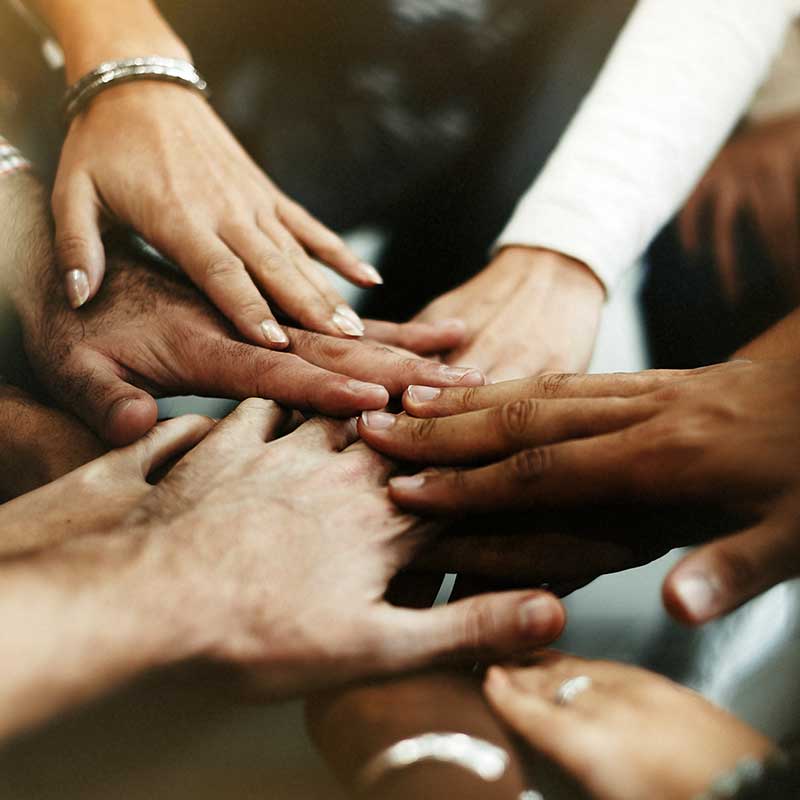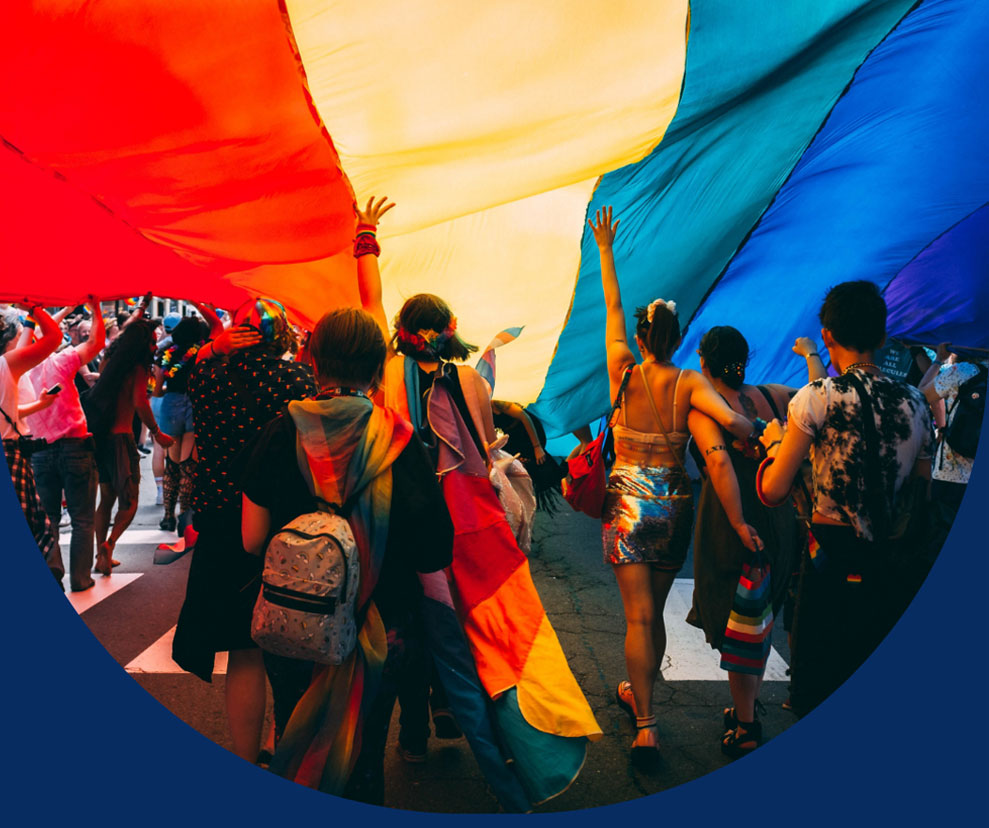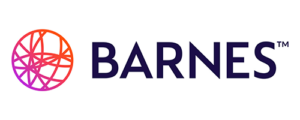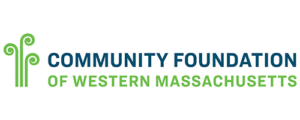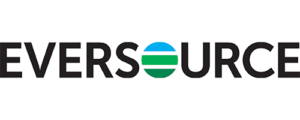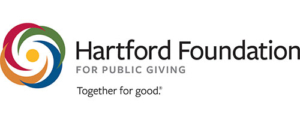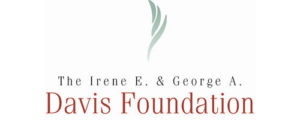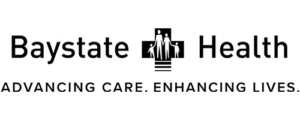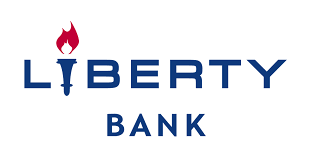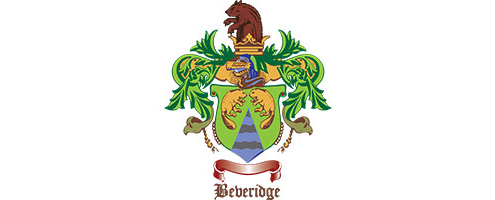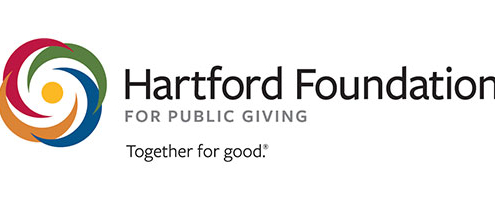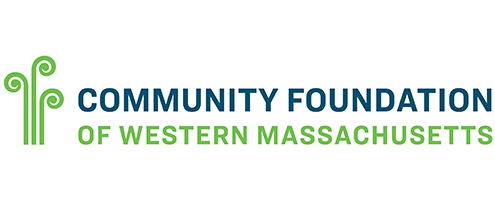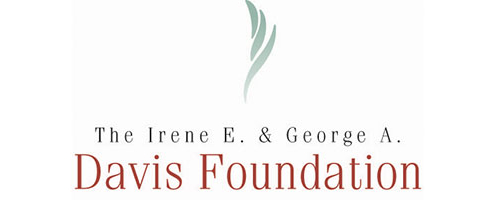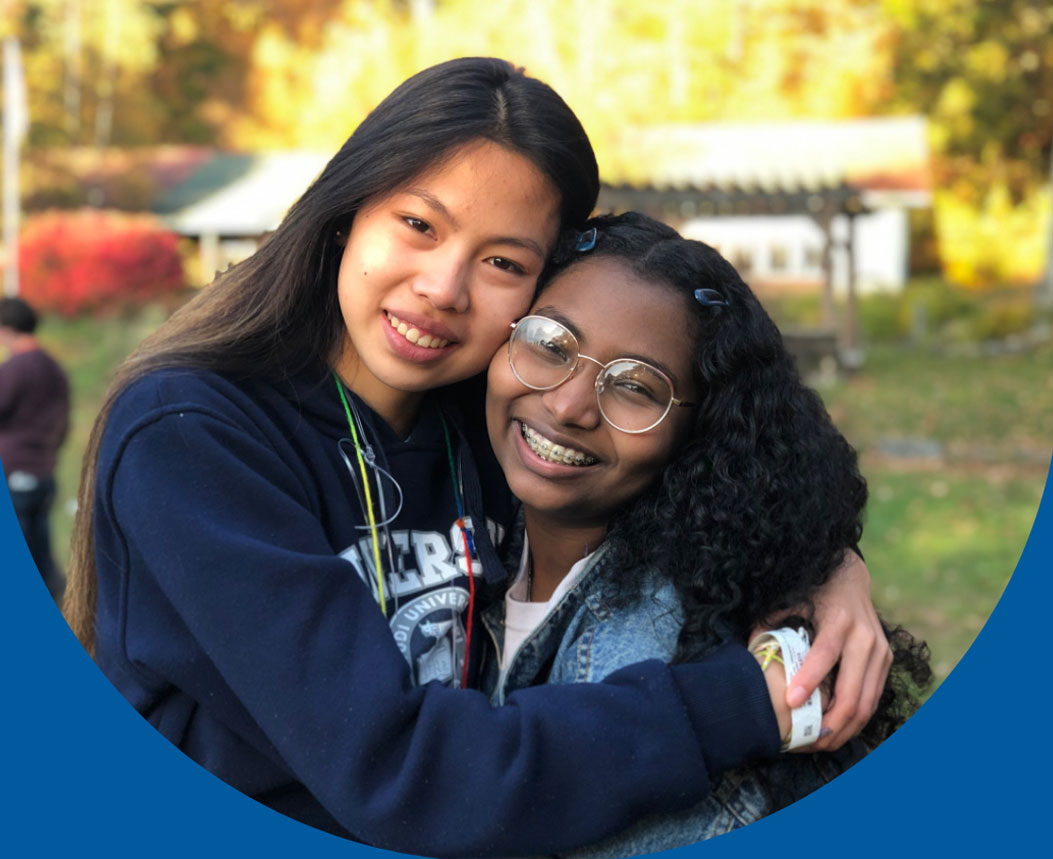Intersectionality
Welcome! In this bulletin about Intersectionality, you will find definitions of words relating to this issue as well history, videos, articles/handouts, statistics and questions to ponder.
When discussing intersectionality, it is important to be aware that intersectionality is mainly referred to as only being an issue in the minority community and while it manifests there, it is more wide-spread and exists within all communities.
DEFINITIONS
Intersectionality: the interconnected nature of social categorizations such as race, class, and gender as they apply to a given individual or group.
Race: refers to the concept of dividing people into populations or groups on the basis of various sets of physical characteristics.
Racism: The individual, cultural, and institutional beliefs and discrimination that systematically oppress people of color (Black, Latin, Native, Asian and Multi-Racial people).
Gender: the state of being male or female (typically used with reference to social and cultural differences rather than biological ones).
Sexism: prejudice, stereotyping, or discrimination, typically against women, on the basis of sex.
Ableism: The individual, cultural, and institutional beliefs and discrimination that systematically oppress people who have mental, emotional and physical disabilities.
Ageism: The individual, cultural, and institutional beliefs and discrimination that systematically oppress young and elderly people.
Religionism: The individual, cultural, and institutional beliefs and discrimination that systematically oppress non-Christians, which includes Anti-Semitism and Islam phobia.
Classism: The institutional, cultural, and individual set of beliefs and discrimination that assigns differential value to people according to their socio-economic class; and an economic system which creates excessive inequality and causes basic human needs to go unmet.
Heterosexism: The belief that heterosexuality is the only normal and acceptable sexual orientation. Now encompasses the individual, cultural, and institutional beliefs and discrimination that systematically oppress lesbian, gay, bisexual, transgender, queer (LGBTQ) people
Homophobia: An irrational fear of or aversion to homosexuality or lesbian, gay, bisexual, transgender, queer (LGBTQ) people. This is how we use to refer to the oppression of LGBTQ people and now we consider it heterosexism.
Colorism: A practice of discrimination by which those with lighter skin are treated more favorably than those with darker skin. This practice is a product of racism in the United States, in that it upholds the white standards of beauty and benefits white people in the institutions of oppression (media, medical world, etc.).
Oppression Olympics– A term used hen two or more groups compete to prove themselves more oppressed than each other.
Internalization- An individual’s acceptance of a set of norms and values (established by others) through socialization.
HISTORY OF INTERSECTIONALITY
Talks and theories of intersectionality have dated way back to abolitionists such as Sojourner Truth. In 1851, Sojourner Truth gave a speech at an Ohio women’s rights convention. In this speech, she called out the hypocrisy of the movement, declaring that when they talk about women, they really only mean white women.
“That man over there says that women need to be helped into carriages, and lifted over ditches, and to have the best place everywhere. Nobody helps me any best place. And ain’t I a woman?
Look at me! Look at my arm. I have plowed (sic), I have planted and I have gathered into barns. And no man could head me. And ain’t I a woman?
I could work as much, and eat as much as any man—when I could get it—and bear the lash as well! And ain’t I a woman?
I have borne children and seen most of them sold into slavery, and when I cried out with a mother’s grief, none but Jesus heard me. And ain’t I a woman?”
After Truth stirring up the conversation on intersectionality, the ideology gained more and more popularity. However, nobody was able to put it into a word, until Kimberley Crenshaw came along. When she coined the term intersectionality in 1989, she was criticizing work that treated race and gender as exclusive parts of human experience and that as a result ignored black women’s experiences. Her analysis meant to highlight that black women’s experiences of oppression differed from white women’s, whose main focus was on gendered discrimination, and also from black men’s, who predominantly were focused on racial subjugation.
To explain black female experiences, she used the metaphor of traffic ‘intersections’:
“Intersectionality is what occurs when a woman from a minority group tries to navigate the main crossing in the city. The main highway is ‘racism road’. One cross street can be Colonialism, then Patriarchy Street . . .. She has to deal not only with one form of oppression but with all forms, which link together to make a double, a triple, multiple, a many layered blanket of oppression.” – Kimberley Crenshaw, 1989
Audre Lord an African American writer, radical feminist, womanist, lesbian, and civil rights activist. As a poet, she is best known for technical mastery and emotional expression, particularly in her poems expressing anger and outrage at civil and social injustices she observed throughout her life. Her poems and prose largely dealt with issues related to civil rights, feminism, and the exploration of black female identity. In relation to white feminists in the United States, Lord famously said, “the master’s tools will never dismantle the master’s house.”
Today, intersectionality is used to address identities beyond race and gender. These identities include but certainly aren’t limited to: class, religion, sexual orientation, age, ability and ethnicity. People who do social justice work have come to realize that talking about people in a multifaceted way, instead of focusing solely on one aspect, produces a much more open and safe environment!
While intersectionality in the past mainly focused on the multiple identities of women, this concept is one that is applicable to all genders. One person’s identity can’t be talked about without addressing all their other identities. Practicing this will allow us to move towards being more inclusive as well as unlearning our own internalized dominance and oppression and thus, moving closer to liberation.
